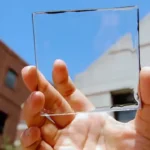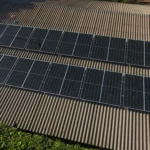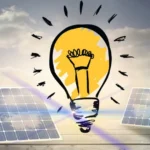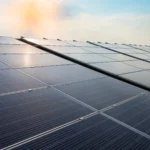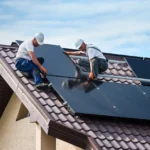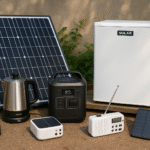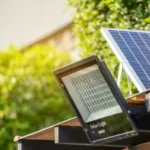Imagine installing solar panels on your rooftop, watching your electric meter slow down, and even spin backwards. This is not a futuristic dream. It is how thousands of homeowners and business owners across the country are lowering their electric bills with an On Grid Solar System.
But what exactly is an on grid system, and how does it work in real life? Is it the best solar setup for your situation? In this guide, we will explore all the essential details, from how it works to real-world results, maintenance tips, and expert insights.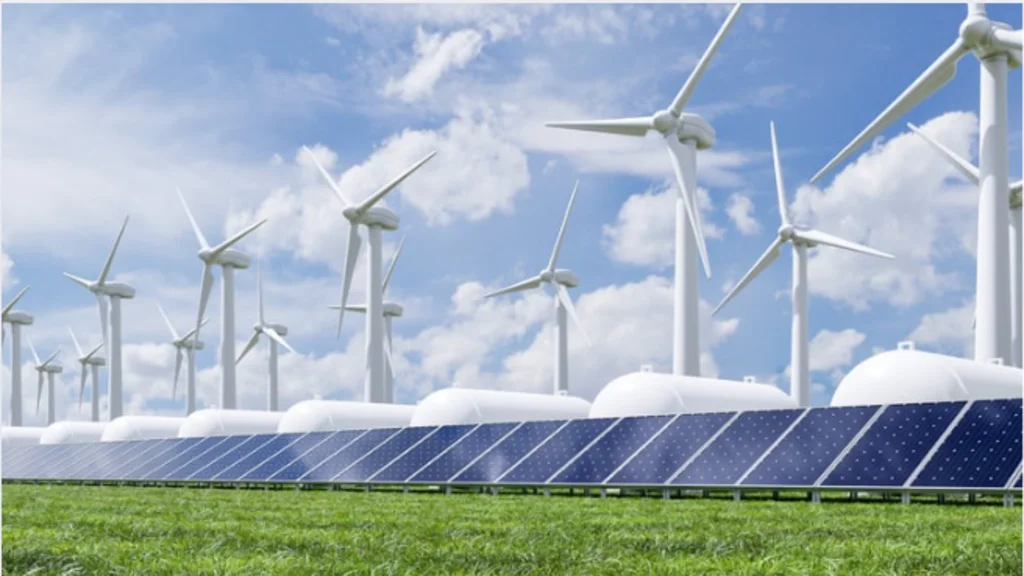
What Is an On Grid Solar System?
An On Grid Solar System, also called a grid-tied system, connects directly to your utility company’s electrical infrastructure. Unlike off-grid systems that rely solely on batteries, on grid setups allow you to draw electricity from the grid when your panels are not producing enough power and send excess electricity back when they are producing more than you use.
Key Components Include:
- Solar Panels: Convert sunlight into direct current (DC) electricity.
- Grid-Tied Inverter: Converts DC to alternating current (AC), the type used in homes.
- Net Metering Meter: Tracks the electricity you draw from and send back to the grid.
- Mounting System: Keeps panels positioned to optimize sunlight absorption.
- Monitoring System: Shows real-time energy production and consumption.
This setup allows you to benefit from solar energy during the day while maintaining a reliable power supply at night or during cloudy periods through the grid.
Click Here :Canadian solar panels
Why Choose an On Grid Solar System?
On grid systems are often the most practical and cost-effective option for homes and businesses in areas with stable utility infrastructure. They do not require expensive battery banks, and they can significantly reduce your energy bill, especially if you have access to net metering.
Top Advantages:
- Cost Savings: Reduce utility bills by 60-90%, depending on usage and solar availability.
- Affordable Installation: No batteries means lower upfront costs.
- Low Maintenance: Fewer components to manage and maintain.
- Access to Net Metering: Earn credits by feeding extra energy into the grid.
- Power Supply Stability: Draw energy from the grid during nighttime or high usage.
Net Metering and Utility Credit Systems
Net metering is the backbone of most on grid solar setups. It allows your utility meter to run backward when your system generates electricity and exports it to the grid. You are billed only for the “net” amount of electricity consumed.
However, not every state offers full net metering. Some utilities use time-of-use billing or avoided-cost rates, which pay less for exported electricity than they charge for imported energy.
Net Metering Policies Vary by State:
- California: Recently transitioned to NEM 3.0, which changes compensation rates.
- Arizona and Texas: Offer time-of-use and solar export rates.
- New York and Massachusetts: Maintain strong net metering programs.
Before committing, always review your local utility’s net metering guidelines to understand how you will be compensated for your solar contribution.
Homeowner Example: Tampa, FL
Jake Ramirez from Tampa shares, “We installed a 6-kilowatt on grid solar system two years ago. Thanks to Florida’s net metering policy, our energy bills have consistently dropped to under $30 per month. On some sunny months, our credits roll over and cover usage in less sunny periods. The return has been amazing.”
His experience demonstrates how effective local policies and proper sizing can yield excellent result.
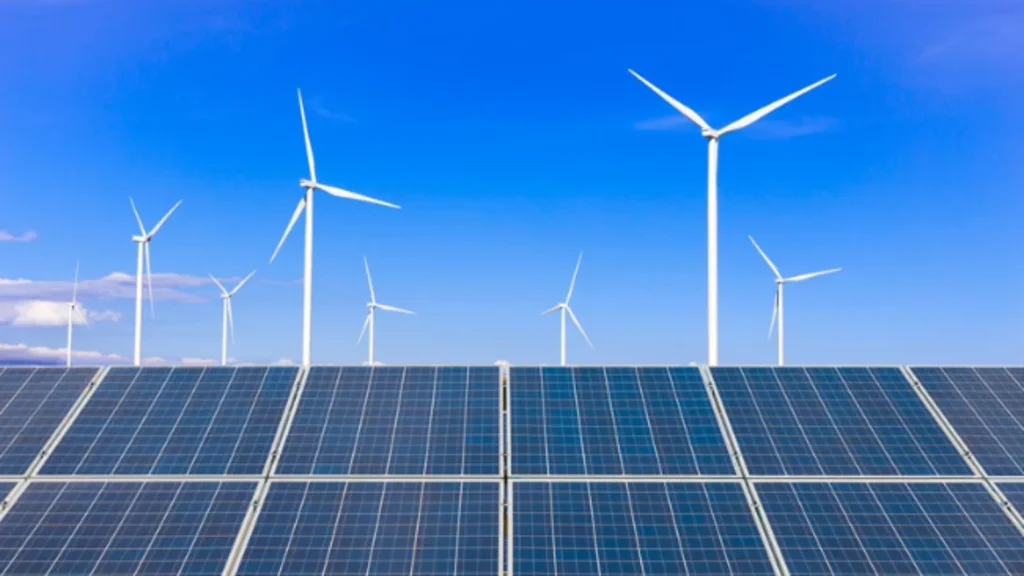
How Does an On Grid Solar System Work?
Here is a step-by-step explanation:
- Panels Capture Sunlight: Solar panels produce DC electricity.
- Inverter Converts Power: The smart inverter changes DC into usable AC electricity.
- Power Your Home First: Solar electricity runs your appliances.
- Send Excess to the Grid: Surplus power is exported to the grid.
- Grid Supplements at Night: You draw from the grid when needed.
- Utility Bills Reflect Net Usage: Your final bill accurately reflects the actual usage
How Much Can You Save?
According to the U.S. Department of Energy, a typical homeowner with an on-grid system can save between $10,000 and $30,000 over the system’s lifetime, depending on system size, electricity rates, and solar availability.
Installation costs have also dropped dramatically. The National Renewable Energy Laboratory (NREL) reports that average installation costs for residential solar are now below $3 per watt, making a 6 kW system cost roughly $18,000 before incentives.
After applying the 30% federal tax credit, the figure drops to approximately $ 8,400. Payback periods range from 5 to 9 years in most states.
Cleck Here : Green solar
Drawbacks You Should Know
While the benefits are many, you should also be aware of some limitations:
- No Backup During Outages: Unless you install a battery backup, your system shuts off during a power outage.
- Policy-Dependent ROI: Utility policies can change, which may impact your return
- Daylight-Only Advantage: Peak solar production may not align with peak usage.
- Export Compensation May Be Lower: Some utilities pay wholesale rates for the excess energy they generate.
Toubleshooting Common Issues
Inverter Not Communicating
- Check Wi-Fi connection and firmware updates.
- Inspect for alert lights or error codes.
Output Dips Suddenly
- Inspect for shading from tree growth or obstructions.
- Check for dirt, bird droppings, or pollen buildup.
Monitoring App Not Working
- Restart the app and check for compatibility updates.
- Contact the inverter manufacturer for technical support.
Conducting a system check every quarter can help identify small issues before they significantly impact your performance.
Solar Panel Cleaning and Maintenance
Dirt accumulation, also known as soiling, can reduce solar output by 10 to 20 percent, particularly in dry or dusty environments. Panels should be cleaned every 3 to 4 months or more frequently if located near trees, farms, or industrial areas.
Cleaning Checklist:
- Use soft water or a garden hose in the early morning.
- Use a long-handled soft brush for stubborn dirt.
- Avoid harsh chemicals or pressure washers.
- Ensure safety when accessing a roof. Consider hiring professionals.
Real-world example: A homeowner in Las Vegas noticed a 17 percent increase in output after a professional cleaning following a dust storm.
Smart Inverter Insights
Modern systems rely on smart inverters, which come with integrated monitoring features and grid compliance capabilities.
Key Features:
- Remote monitoring via mobile apps.
- Anti-islanding protection (automatically shuts off during outages).
- Real-time diagnostics and alerts.
- Optimization for time-of-use billing.
If you notice abnormal production drops, check your inverter log history first. Most issues are related to shading, dust, or voltage sync errors.

What About Solar Battery Add-Ons?
While on grid solar system work fine without batteries, you can still add storage later using hybrid inverters or AC-coupled batteries. This provides backup power and better control over energy use.
Popular battery brands, such as Tesla Powerwall and Enphase IQ Battery, are compatible with many grid-tied systems. However, they add costs ranging from $8,000 to $15,000, depending on size and configuration.
Charging Electric Vehicles With On Grid Solar
Charging an EV with solar is one of the most sustainable uses of your system. If you drive 25 miles per day, your car needs about 7 to 10 kWh of electricity daily. A 6 to 8 kW solar system can easily provide that.
To optimize EV charging:
- Use smart EV chargers that detect solar production levels
- Shift charging to daylight hours if you do not have storage.
- Consider vehicle-to-grid options where available.
Comparing On Grid to Other Solar Options
| Feature | On Grid | Off Grid | Hybrid |
| Utility Connection | Yes | No | Yes |
| Requires Battery | No | Yes | Yes |
| Suitable for Remote Areas | No | Yes | Yes |
| Net Metering Eligible | Yes | No | Yes |
| Upfront Cost | Lower | Highest | Medium to High |
| Energy Independence | Low | High | Moderate |
Choose based on your location, budget, and reliability requirements.
Installation Mistakes to Avoid
- Overproduction Without Utility Approval: Always size your system to match historical usage and follow utility export rules.
- Poor Roof Positioning: Avoid north-facing roofs in the northern hemisphere.
- Not Considering Future Load Increases: EVs or electric heating systems may increase demand.
- Skipping Permit Checks: Ensure Your System Meets Local Codes and HOA Rules.

Final Thoughts
If you want to reduce electricity bills, make your property more energy-efficient, and benefit from utility incentives, an On Grid Solar System is an excellent investment.
However, the system’s success depends on proper design, local policies, ongoing maintenance, and thoughtful usage. Consulting a professional solar installer who understands your area’s climate and utility policies is crucial.
If your panels have not been inspected or cleaned in the last three months, you may already be losing 10 to 20 percent of your system’s output.
Visit egrowatt.com and schedule a professional solar checkup to keep your system performing at its peak.
FAQs
Q1: Do on grid solar systems work during power outages?
No. For safety reasons, grid-tied systems shut down during an outage unless you have a backup battery.
Q2: How long does an on grid system last
Solar panels last 25 to 30 years. Inverters may need replacement after 10 to 15 years.
Q3: Can I go off grid later?
You can transition to a hybrid or off-grid setup, but it requires additional components and cost. Some on grid systems are compatible with storage retrofits.
Q4: What happens if I produce more electricity than I use?
You earn net metering credits or receive small payments, depending on your utility’s rules.
Q5: Is there financing available?
Yes. Many providers offer zero-down financing, leases, or solar loans with terms of 10 to 25 years.


